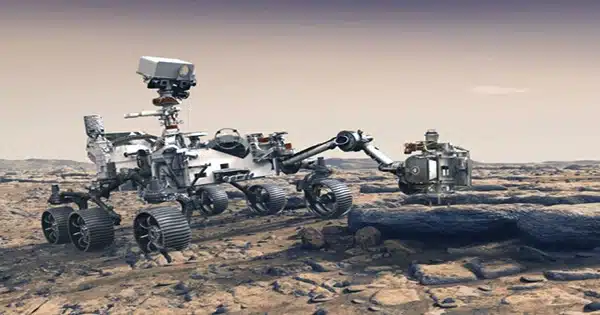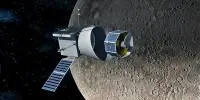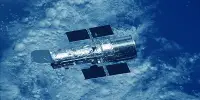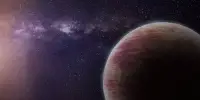On their treks around Mars, the robots we’ve deployed there come to find an unusual rock formation every now and then.
It is occasionally something very interesting, as one would anticipate when studying the geology of a whole other planet. In June, for example, the Mars Perseverance rover photographed a big, donut-shaped rock.
The boulder is odd against the Martian landscape, prompting the Search for Extraterrestrial Intelligence (SETI) Institute to speculate that it could be “a large meteorite alongside smaller pieces.”
Along with these exciting discoveries, the rovers come across a slew of uninteresting rocks that seem to resemble Earthly artifacts, ranging from bones and a doorway to fossilized snake heads. A massive “shark fin” and a “crab claw” have recently been added to this list.
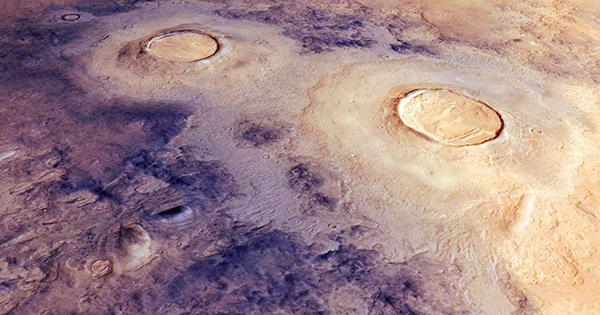
Is it time to submit to our Martian crab-shark overlords and ask their forgiveness? No, not yet.
Pareidolia is the phenomena of perceiving recognizable patterns in objects, such as a crab claw when staring at a rock. In terms of evolution, it is reasonable that we detect patterns that could pose a threat to us (for example, a snake or a hungry bear) as soon as possible.
Carl Sagan proposed that the ability to recognize hazards was critical to our existence. Early people who fled from what they mistook was a lion hidden in the shrubs escaped. Those who fail to recognize this lion “pattern” will be devoured by it.
And if they fled but it turned out that the lion was really a rock, that’s great; those humans survived and passed on their genes anyway.
Finding patterns (whether they exist or not) was an important preventative survival ability, according to Sagan, but it might lead to the misinterpretation of random images or patterns of light as faces and familiar objects. As an example, imagine staring at a rock on Mars and thinking we’ve discovered a crab planet.
